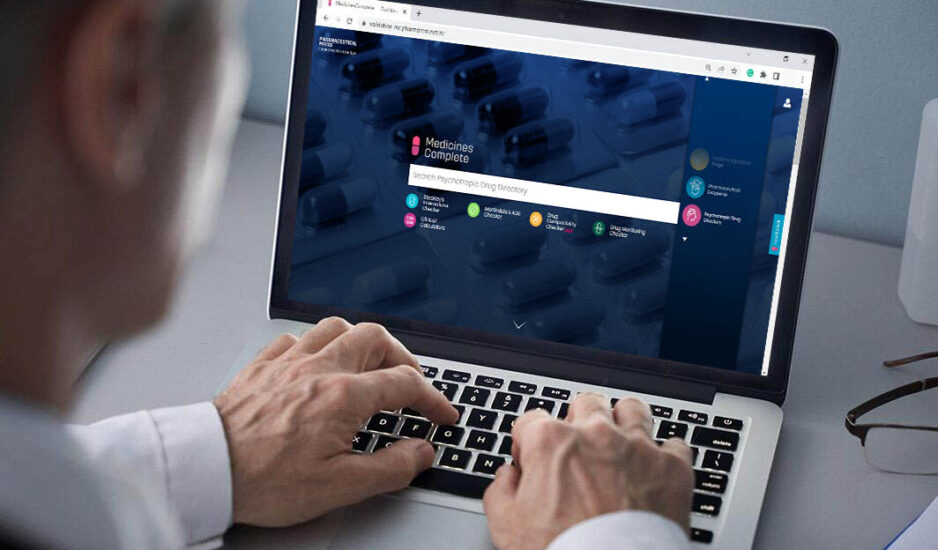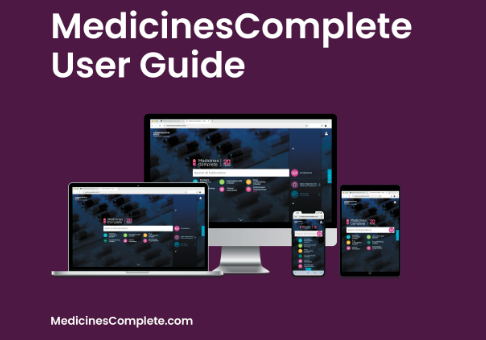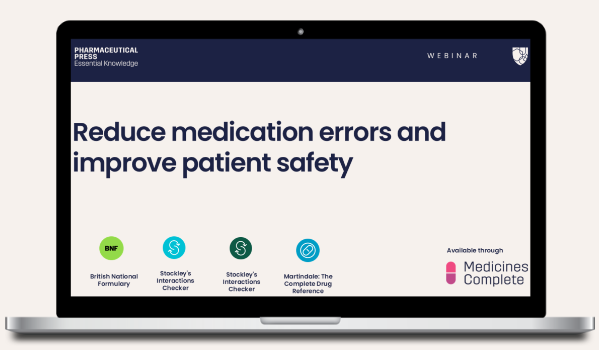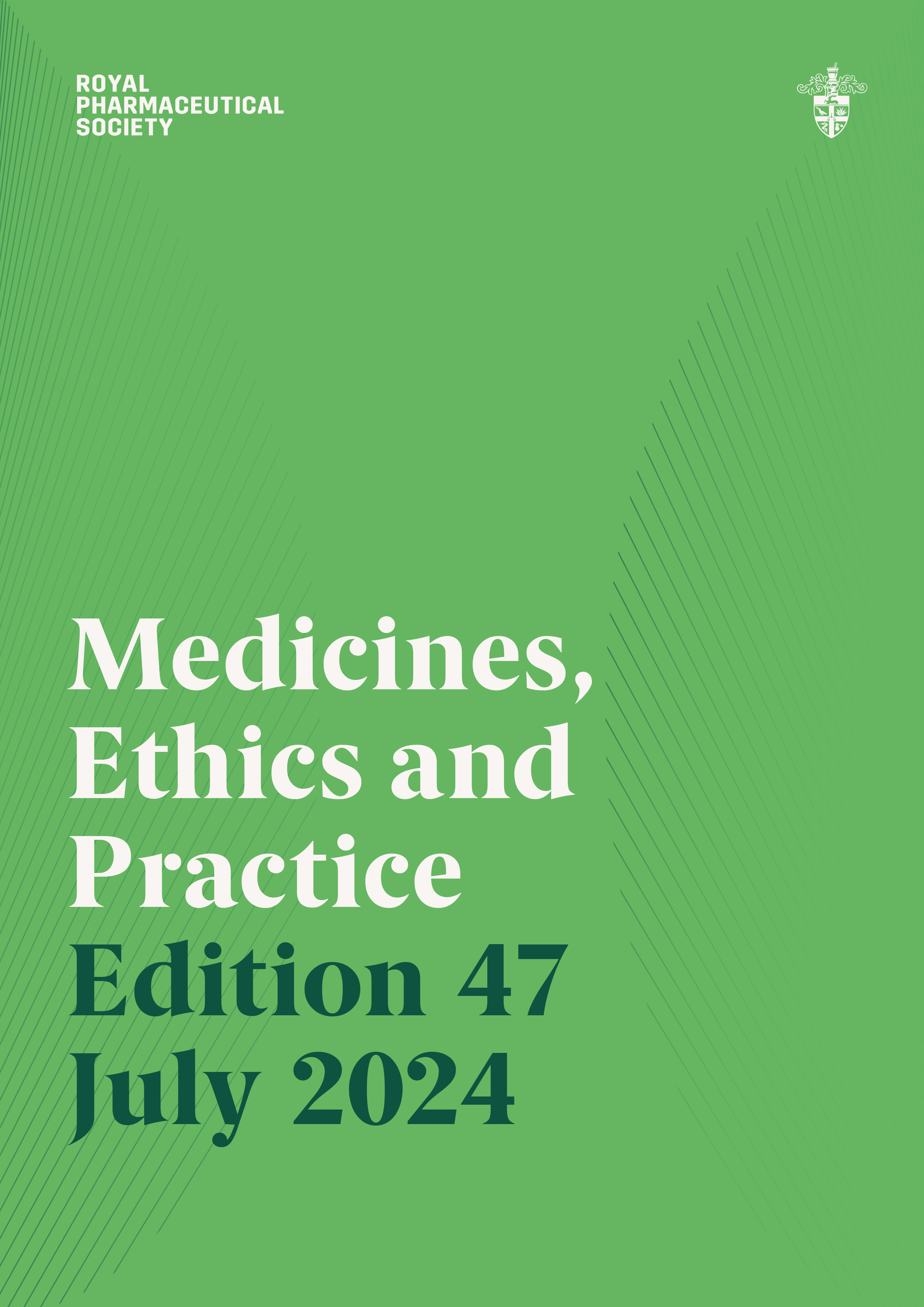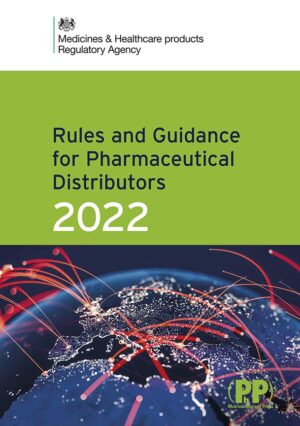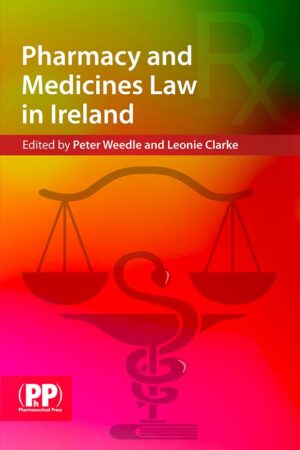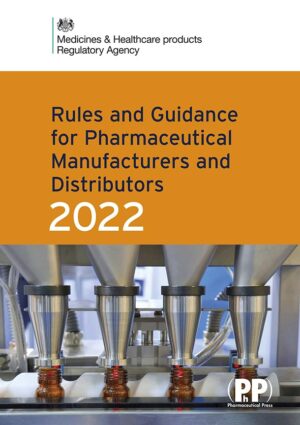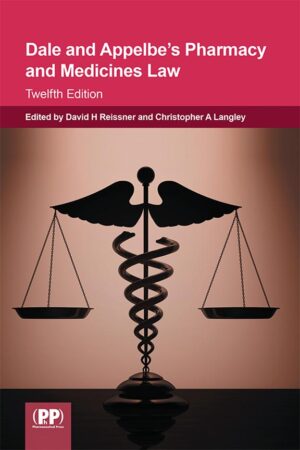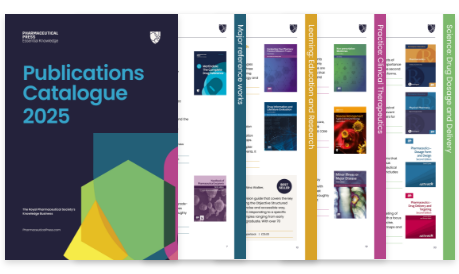FOREWORD
1. CHANGES TO THIS EDITION
2. CORE CONCEPTS AND SKILLS
2.1 PROFESSIONAL CONDUCT
2.1.1 Professionalism
2.1.2 Professional judgement
2.1.3 Professional empowerment
2.1.4 Standards and guidance
2.1.5 Conflicts of interest
2.1.6 Interface between personal and professional lives
2.1.7 Professional indemnity
2.2 PROFESSIONAL DEVELOPMENT
2.2.1 Revalidation
2.2.2 Development frameworks and recognition
2.2.3 Pharmacist prescribing
2.2.4 Mentoring
2.3 RESEARCH
2.3.1 Pharmacists in research
2.3.2 Research ethics
2.4 PATIENT OR PERSON-CENTRED HEALTHCARE
2.4.1 Person-centred healthcare
2.4.2 Being culturally informed
2.5 PATIENT SAFETY
2.5.1 Getting the culture right
2.5.2 Culture and patient safety incidents
2.5.3 Reporting adverse events
2.5.4 Risk Management
2.5.5 Handling dispensing errors
2.5.6 Safeguarding
2.5.7 Clinical Audit
2.6 PHARMACEUTICAL CARE
2.6.1 Development of pharmaceutical care
2.6.2 Principles of pharmaceutical care
2.6.3 Medicines optimisation
2.6.4 Medicines reconciliation
2.6.5 Clinical check
2.6.6 Medication review
2.6.7 Patient consultations
2.7 SUSTAINABILITY
3. UNDERPINNING KNOWLEDGE -LEGISLATION AND PROFESSIONAL ISSUES
3.1 CLASSIFICATION OF MEDICINES
3.1.1 General sale medicines
3.1.2 Pharmacy (P) medicines
3.1.3 Prescription-only medicines (POM)
3.1.4 Reclassified medicines
3.2 PROFESSIONAL AND LEGAL ISSUES: PHARMACY MEDICINES
3.2.1 Pseudoephedrine and ephedrine
3.2.2 Oral emergency contraception
3.2.3 Paracetamol and aspirin
3.2.4 Codeine and dihydrocodeine
3.3 PROFESSIONAL AND LEGAL ISSUES: PRESCRIPTION ONLY MEDICINES
3.3.1 General prescription requirements
3.3.2 Dental prescriptions
3.3.3 Faxed/Digital copies of prescriptions
3.3.4 Forged prescriptions
3.3.5 Prescriptions from the EEA or Switzerland
3.3.6 Military prescriptions
3.3.7 Labelling of dispensed medicinal products
3.3.8 Administration
3.3.9 Patient specific directions and administration, sale and supply in hospitals and other settings
3.3.10 Exemptions: sale and supply without a prescription
3.3.11 Pregnancy prevention programmes
3.3.12 Biosimilar medicines
3.3.13 Advanced therapy medicinal products (ATMPs)
3.3.14 Prescriber types and prescribing restrictions
3.3.15 Checking registration of healthcare professionals
3.3.16 Prescribing and dispensing/supply/administration by the same person
3.3.17 Dispensing self-prescribed prescriptions and prescriptions for close friends and family
3.3.18 Self Checking Prescriptions
3.4 WHOLESALING
3.4.1 Wholesaler licence requirements
3.4.2 Wholesaling of Controlled Drugs
3.4.3 Persons and organisations that can receive medicines
3.4.4 Signed orders and record keeping
3.4.5 Wholesaling and medicine shortages
3.5 VETERINARY MEDICINES
3.5.1 Prescription requirements for POM-V, POM-VPS and medicines supplied under the veterinary cascade
3.5.2 The veterinary cascade
3.5.3 Labelling of dispensed veterinary medicines
3.5.4 Record keeping
3.5.5 Wholesaling veterinary medicines and temporary supply shortages
3.5.6 Selling veterinary medicines on the internet
3.6 CONTROLLED DRUGS
3.6.1 Background
3.6.2 Classification
3.6.3 Possession and supply
3.6.4 Administration of controlled drugs
3.6.5 Import, export and travellers
3.6.6 Obtaining controlled drugs – requisition requirements for Schedule 1, 2 and 3 controlled drugs
3.6.7 Prescription requirements for Schedule 2 and 3 controlled drugs
3.6.8 Collection of dispensed controlled drugs
3.6.9 Safe custody
3.6.10 Destruction of controlled drugs
3.6.11 Record keeping and controlled drugs registers
3.6.12 Extemporaneous methadone
3.6.13 Cannabis and cannabis-based products
3.7 ADDITIONAL LEGAL AND PROFESSIONAL ISSUES
3.7.1 Expiry dates
3.7.2 Waste medicines
3.7.3 Requests for poisons and chemicals
3.7.4 Delivery and posting of medicines to patients (including abroad)
3.7.5 Secure environments
3.7.6 Child-resistant packaging
3.7.7 Homeopathic and herbal remedies
3.7.8 Charitable donation of medicines
3.7.9 Collection and purchase of medicines by children
3.7.10 Medical devices
3.7.11 Multi-compartment compliance aids
3.7.12 Drugs and driving
3.7.13 Retention of pharmacy records
3.7.14 New psychoactive substances
3.7.15 Working during a pandemic
3.7.16 Needle Syringe Provision
THE RESPONSIBLE PHARMACIST
ROYAL PHARMACEUTICAL SOCIETY CODE OF CONDUCT
PHARMACIST SUPPORT
APPENDICES
APPENDIX 1: A Competency Framework for all Prescribers
APPENDIX 2: A Competency Framework for Designated Prescribing Practitioners
APPENDIX 3: Professional Guidance: Expanding Prescribing Scope of Practice
APPENDIX 4: GPhC standards for pharmacy professionals
APPENDIX 5: GPhC standards for registered pharmacies
APPENDIX 6: GPhC in practice: guidance on confidentiality
APPENDIX 7: GPhC in practice: guidance on consent
APPENDIX 8: GPhC in practice: guidance on raising concerns
APPENDIX 9: GPhC in practice: guidance on religion, personal values and beliefs

